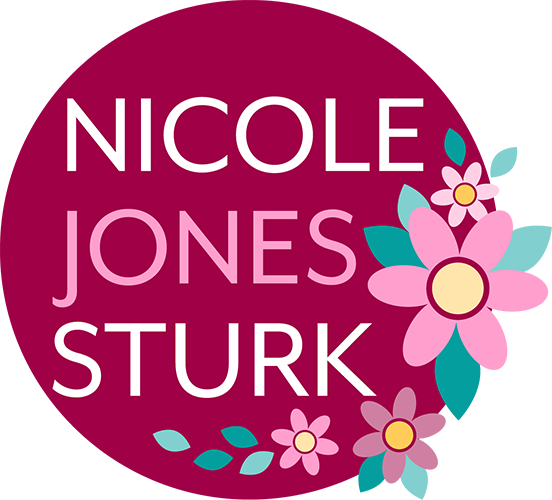I started writing an Instagram post for today’s #MarchMeetTheMaker theme, Focus & Priorities. It was getting rather lengthy, so I’ve turned it into a blog post!
Trying to start a small business as an artist can be really challenging if you don’t know what to focus on. That was my problem starting out, all the way back to when I was a student. I majored in General Art, but I didn’t have an emphasis because I didn’t know what exactly I wanted to do. I just knew I liked art.
After school, I got a day job as a book typesetter. On the side, I gradually started to find my “thing” the more I explored and learned. I figured out what wasn’t for me, but with that came new interests as well!
For example, in my childhood and right through college, I thought I would pursue children’s books, animation, editorial illustration, or character design. Then one day I just realized…those were not for me! Don’t get me wrong, I still LOVE all of those things, which is why I thought they would suit me, but it was not the sort of thing I gravitated toward when I created on my own.
What I did find that I enjoyed creating was...
decorative art
surface patterns
hand lettering
crafts
coloring pages
floral illustration
graphic design (thanks to my *other* work in book publishing!)
digital art
So at this point, I had found what I liked to do, but still had a number of related but separate interests.
Once I finally buckled down and really started to build an actual business, there was also the problem of figuring out what was going to stick. Having multiple interests combined with a variety of business options, there were a lot of false starts. I’ve explored self-published coloring books, a craft blog, art licensing, freelance illustration, print-on-demand sites, stock art, craft shows, heck even knitting patterns and doll clothes… It has been exhausting! Finally, I realized I could funnel many of my skills and interests into creating digital art products and templates. So now that’s become my main objective in my art business!
Today, I still struggle with focus—kids might have something to do with that—but I think I’m narrowing in on my niche. It is always evolving. Maybe I’ll narrow it down even more. Maybe I’ll try something else altogether. Who knows what road I’ll explore in the future. We’ll just have to wait and see where my journey takes me!
—Nicole














